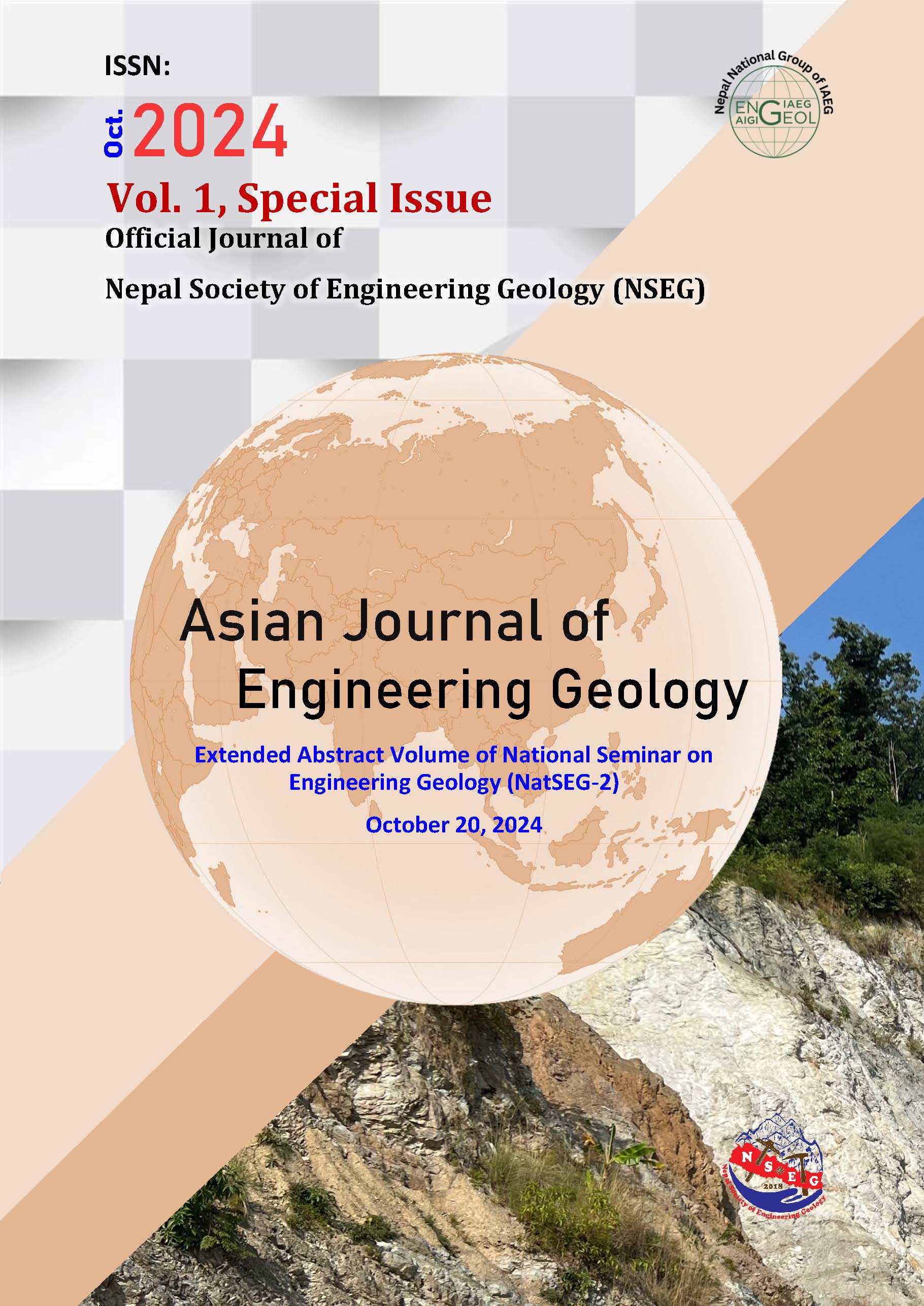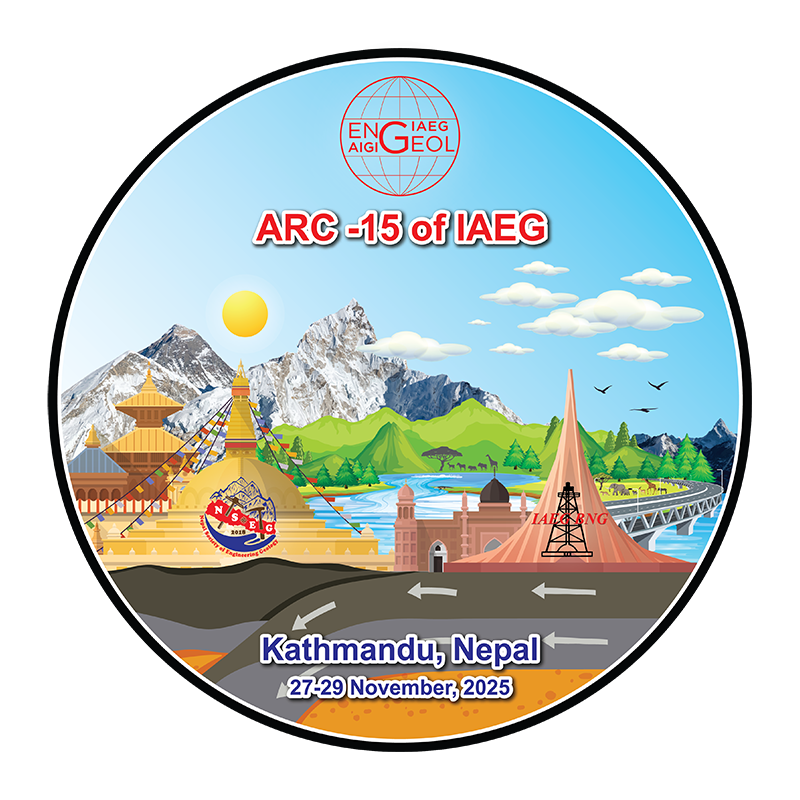Comparative Analysis between Crushed Aggregate from Siwalik, Lesser Himalaya and River-Bed Sources in Bagmati Region: Adopting M25 - Plain, Steel Fiber and Glass Fiber Shotcrete
Keywords:
Crushed aggregates , Shotcrete, Compressive strength, Flexural strength, Slump test, Air contentAbstract
The escalating demand for aggregates in Nepal, driven by rapid urbanization and infrastructure development, presents significant challenges as natural resources are depleting and disrupting river ecosystems. This research examines the properties of shotcrete produced from various aggregate sources, specifically Siwalik, Lesser Himalayan, and riverbed crushed aggregates and also various composition like plain, glass fiber and steel fiber shotcretes. Key performance indicators—including air content, slump (workability), compressive strength, and flexural strength—were analyzed according to established standards. Results indicated that Lesser Himalayan crushed aggregates provided superior workability, compressive strength, and flexural strength, making them the most suitable option for high-performance applications. In contrast, riverbed aggregates showed limitations that could impact structural integrity and ecosystem. Moreover, compositionally, steel fiber shows the superiority in comparison to plain and glass fiber shotcrete. This study underscores the importance of selecting high-quality aggregates to enhance the durability and sustainability of construction projects in Nepal, advocating for the adoption of crushed rock aggregates to mitigate environmental impacts while fulfilling infrastructure needs. Future research should further explore the long-term performance and environmental implications of these materials.
Downloads
Published
Issue
Section
License
Copyright (c) 2024 Nepal Society of Engineering Geology (NSEG)

This work is licensed under a Creative Commons Attribution 4.0 International License.





